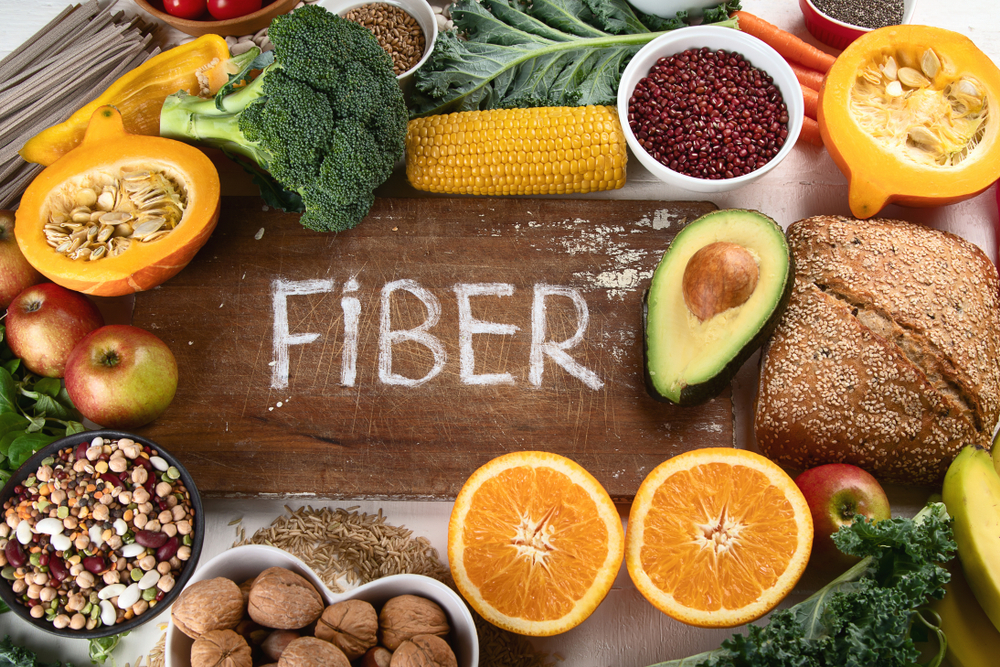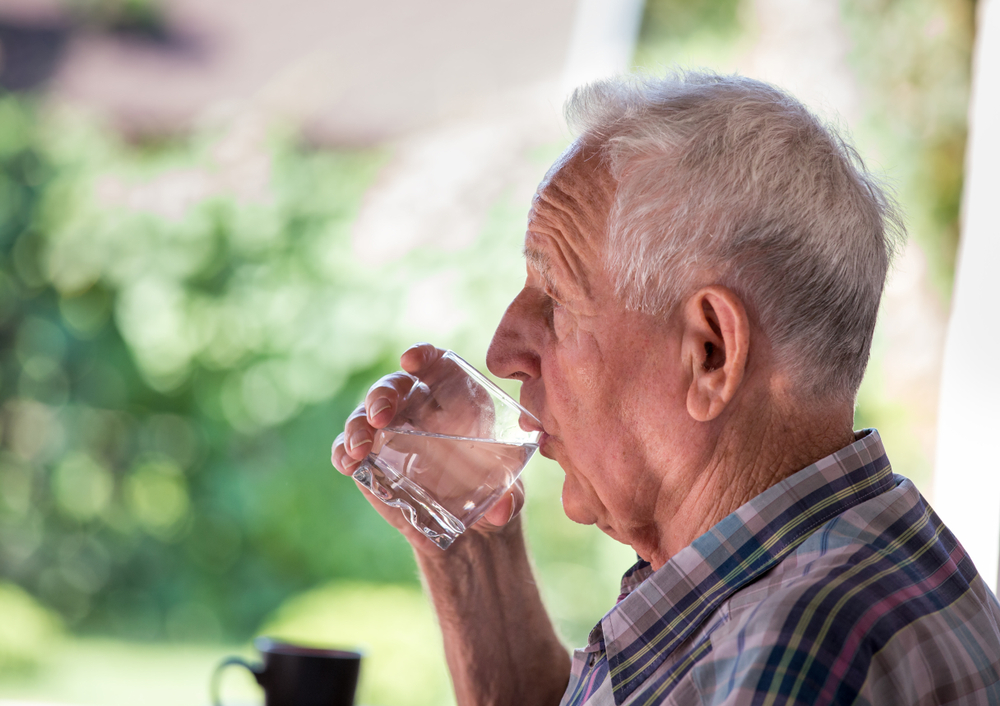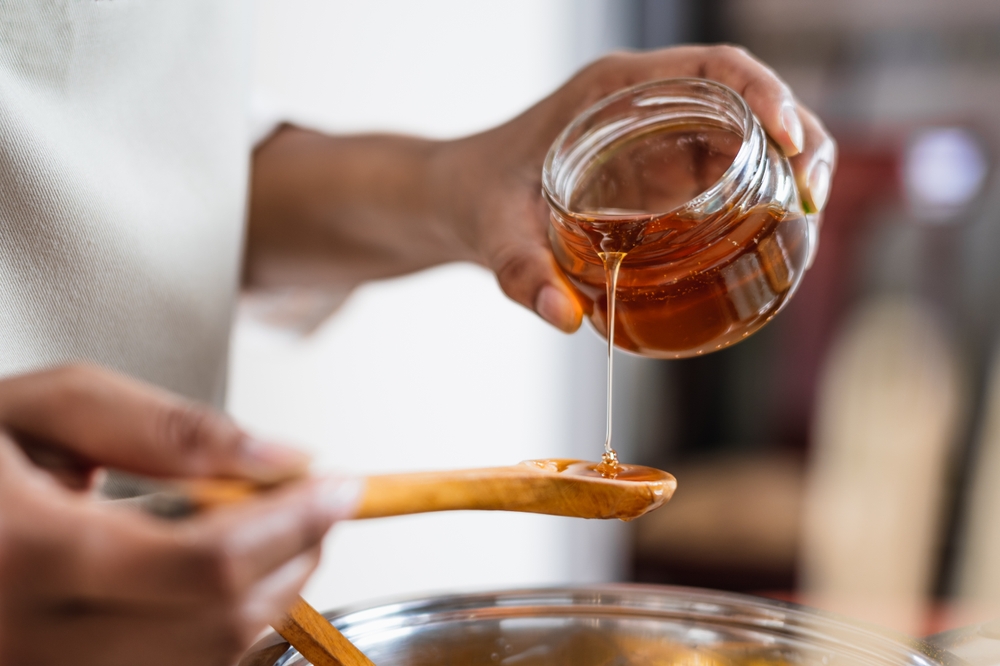High Fiber Foods for Seniors
Category:

There is no clearly defined age that says you have become a senior citizen. Most people consider themselves seniors when they retire from the workplace, sign up for social security and begin to experience the common milestones and challenges that are associated with aging.
If you are reading this, you’re most likely in that time of life or caring for a loved one who is a senior citizen.
We all hope to be happy, healthy, and as independent as possible as the years creep upon us. Have you heard the expression “You are what you eat?” Consuming a well-balanced, healthy diet is one of the best ways to maintain good health as we age.
So, what can we do to keep our digestive system healthy and working as it should?
If you said to eat more fiber, you are correct.
High fiber foods for seniors are not the most popular choices when planning menus but high fiber foods will improve your digestion, and eliminate the sluggish feeling caused by a slow metabolism.
Eating more fiber can help alleviate other health problems such as chronic constipation, high blood sugar, and elevated cholesterol levels.
High-fiber foods can help you achieve and maintain a healthy weight, which in turn will give you more energy and stamina. Fiber-rich foods make you feel fuller faster, and they keep you satisfied longer than that sugar-glazed donuts or chocolate candy bars.
A diet high in fiber can reduce your risk of cancer and cut your risk of developing Type 2 diabetes.
What are some high-fiber foods for elderly menu planners?
If you are adding fiber to your diet, remember to do it slowly. Adding fiber-rich foods too quickly can cause gas, bloating, or stomach discomfort until your body gets used to the change.
Start with whole fruits and vegetables. They can be cooked in a soup, chopped up in a fruit salad, or enjoyed in their natural form right off the tree or plant.
Eat whole grains such as whole-wheat bread, corn, and oats. A hot bowl of oatmeal with blueberries is a great way to start the morning. Brown rice is healthier and tastes better than white rice, so give it a try in your next casserole or homemade soup.
Here are some more high-fiber foods you can incorporate into your daily food plan.
- Beans
- Berries
- Avocados
- Popcorn
- Lentils
- Dried fruit
- Nuts
- Potatoes (Baked in skin)
- Bran and whole-grain cereals
- Baby carrots with hummus
- Whole-grain crackers
Download Our Healthy Aging Diet Guide
What are the fiber requirements for seniors?
Dietary guidelines recommend 28 grams of fiber each day for senior men and 22.4 grams of fiber a day for senior women, but the Department of Agriculture states that most people in this age group consume 16 grams or less.
The takeaway here is filling your plate with fiber! Slowly add delicious fruits, veggies, whole-grain breads, and snacks to your diet. Cut back on sugar and processed foods. Grab an orange instead of orange juice. Choose broccoli as a side dish instead of French Fries.
You won’t believe the difference in the way you feel and how much your energy level will increase. Bon Appétit!
Subscribe
Date: October 5, 2021
Category:


